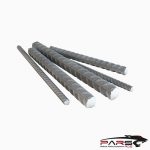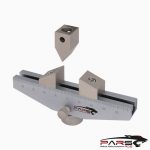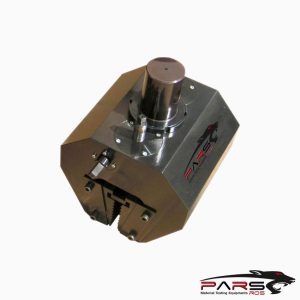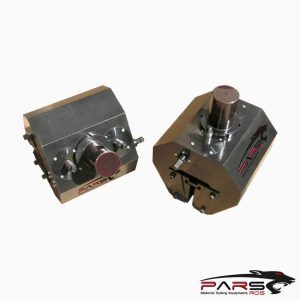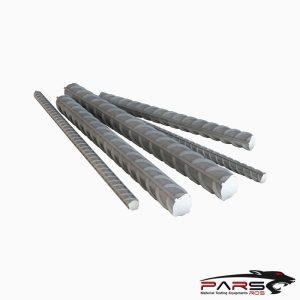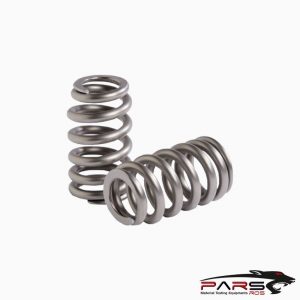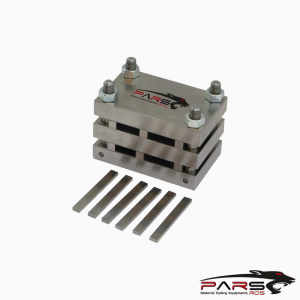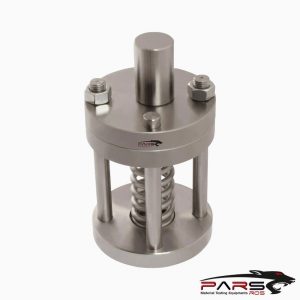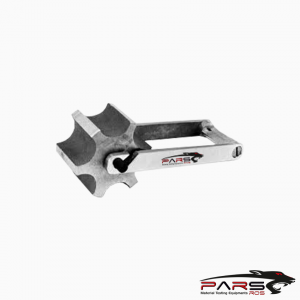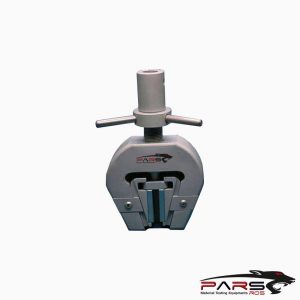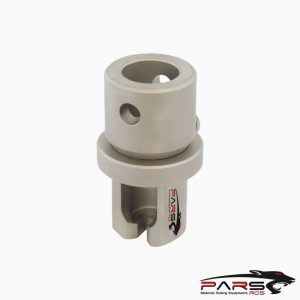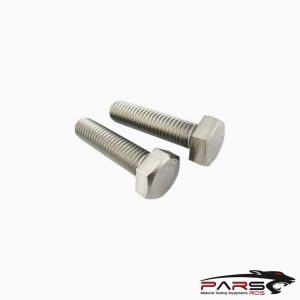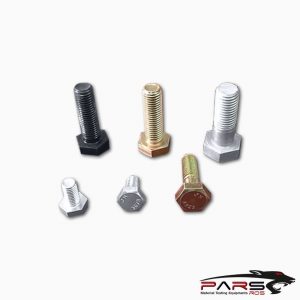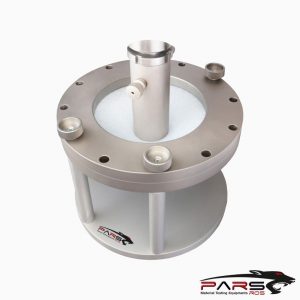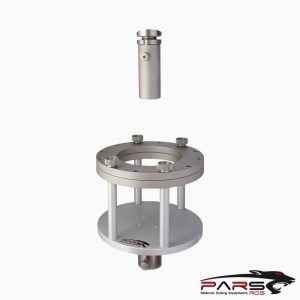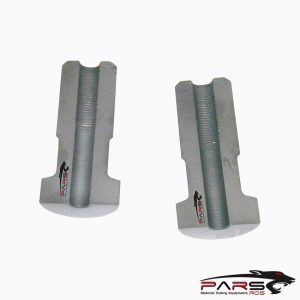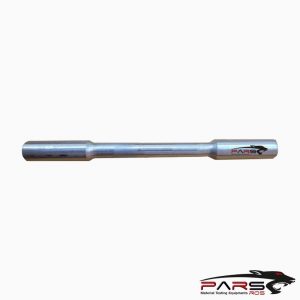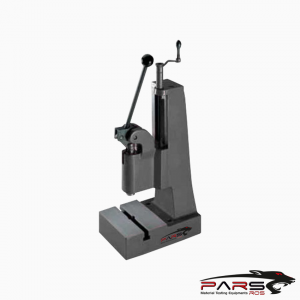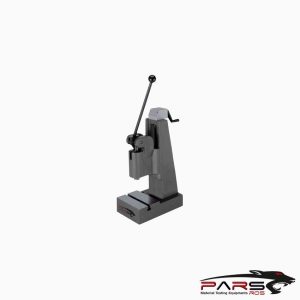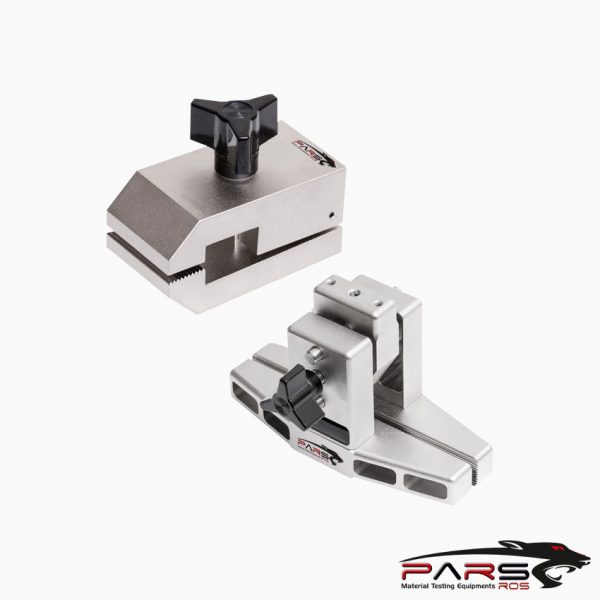
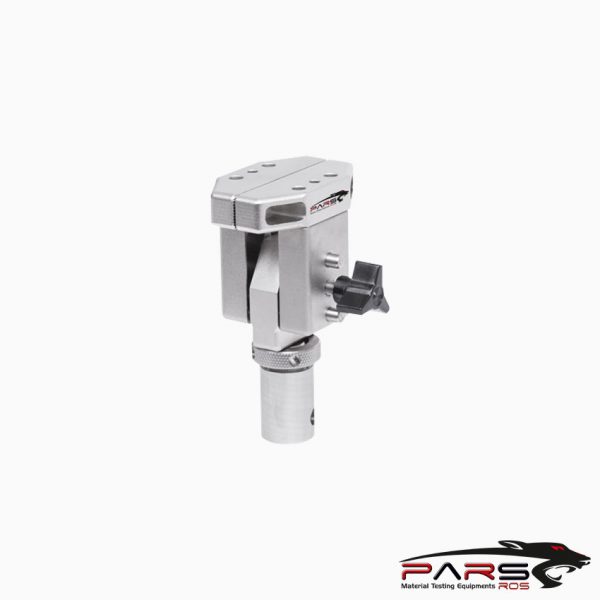
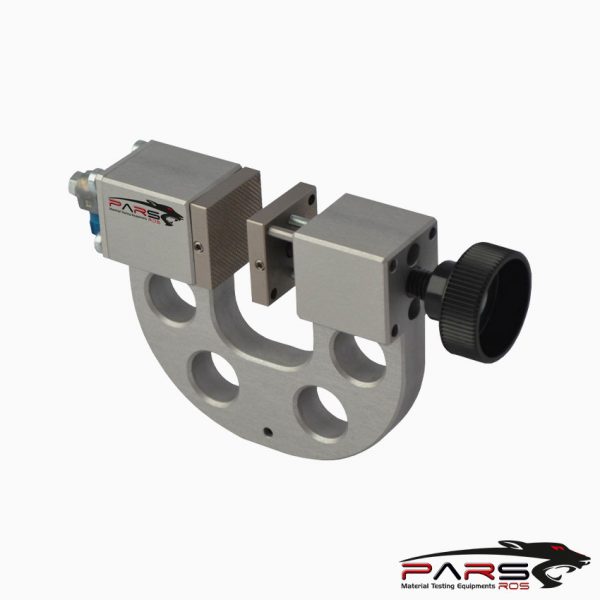
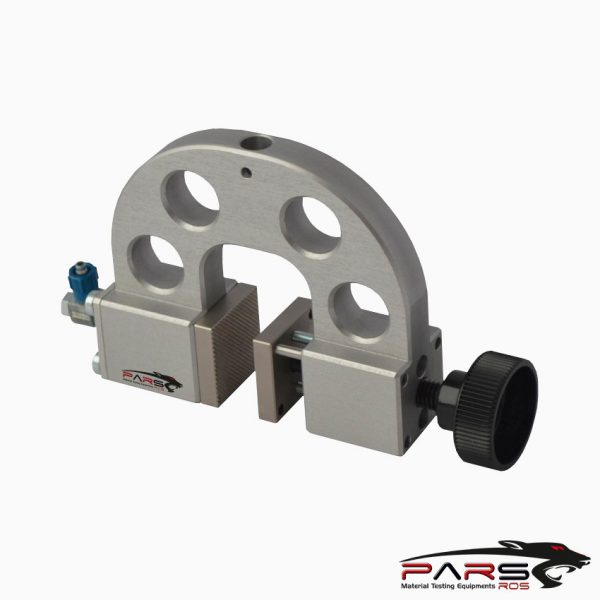
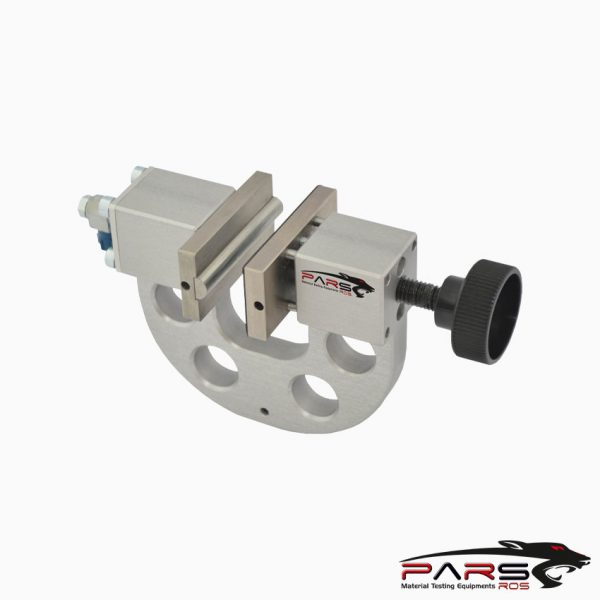
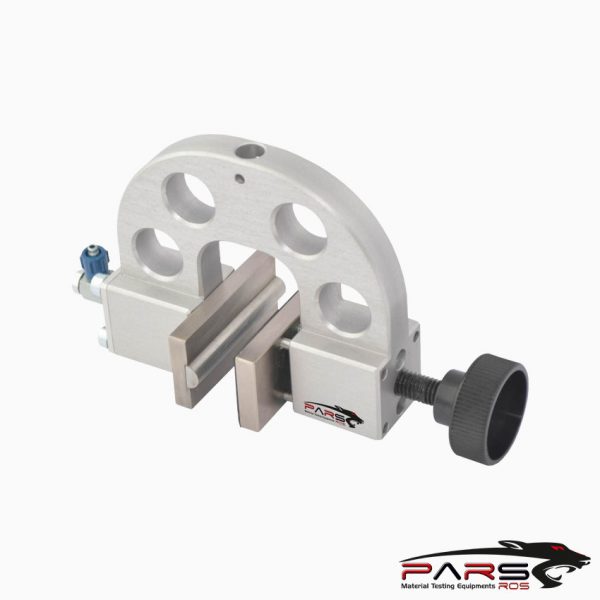
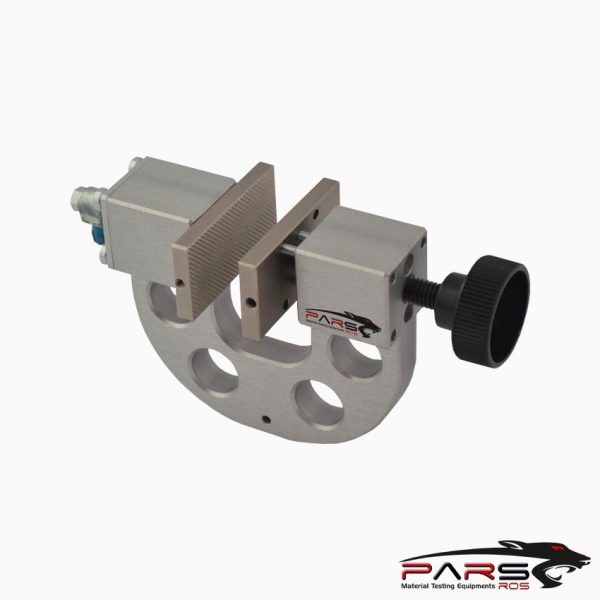
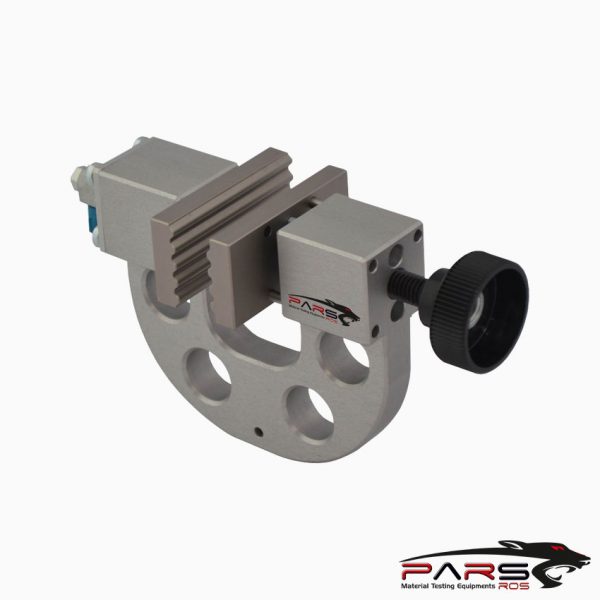
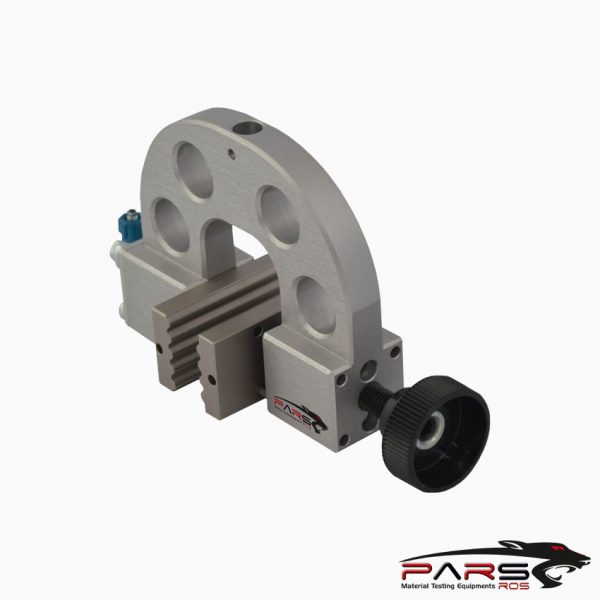
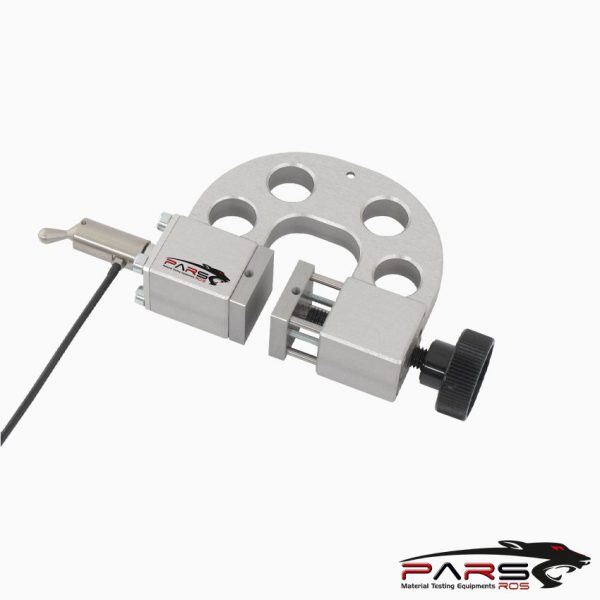
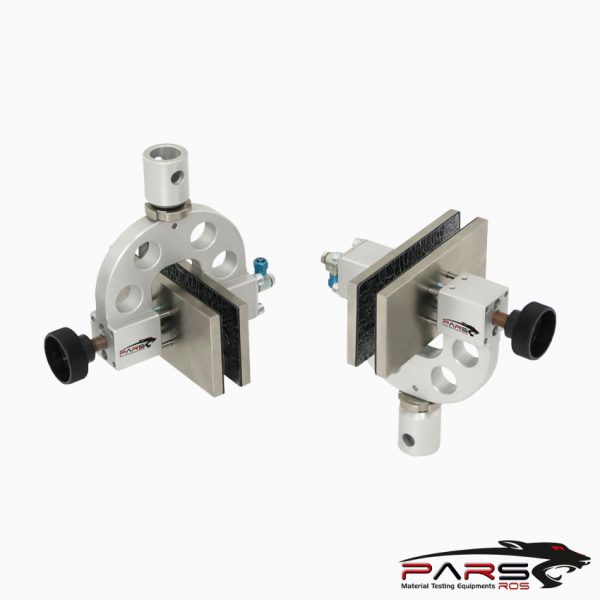




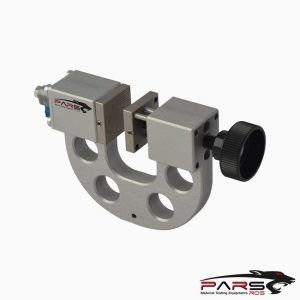
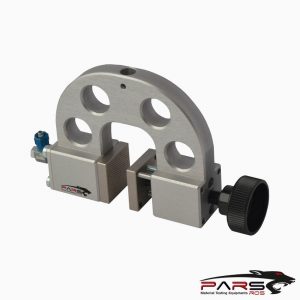
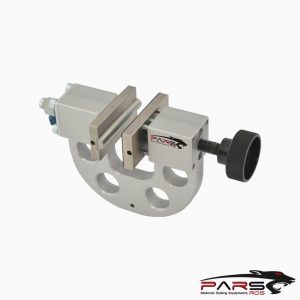

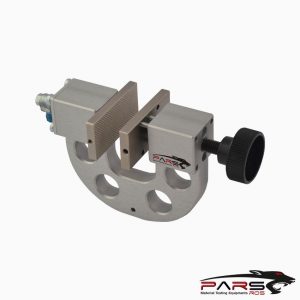
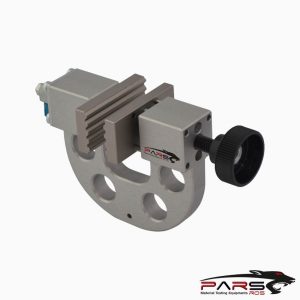

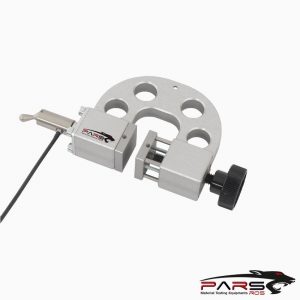
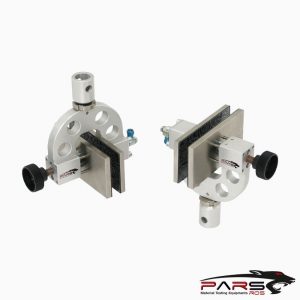
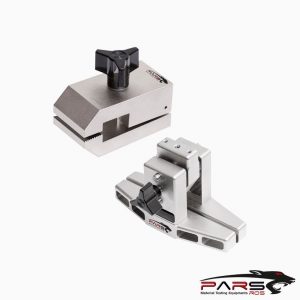
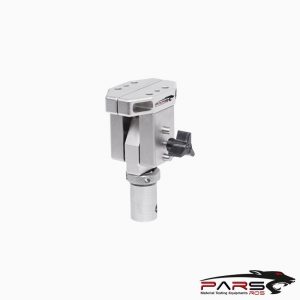
ASTM F88 – Standard Test Method for Seal Strength of Flexible Barrier Materials
ASTM F88 – This test method covers the measurement of the strength of seals in flexible barrier materials. The test may be conducted on seals between a flexible
material and a rigid material.
Seals tested in accordance with this test method may be from any source, laboratory or commercial.
Please Contact With Us For More Information
- Description
- TECHNICAL SPECIFICATIONS
Description
Description
ASTM F88 – Standard Test Method for Seal Strength of Flexible Barrier Materials
ASTM F88 – This test method covers the measurement of the strength of seals in flexible barrier materials.
The test may be conducted on seals between a flexible material and a rigid material.
Seals tested in accordance with this test method may be from any source, laboratory or commercial.
This test method measures the force required to separate a test strip of material containing the seal. It also identifies the mode of specimen failure.
ASTM F88 – Significance and Use
Seal strength is a quantitative measure for use in process validation, process control, and capability.
Seal strength is not only relevant to opening force and package integrity, but to measuring the packaging processes’ ability to produce consistent seals.
Seal strength at some minimum level is a necessary package requirement, and at times it is desirable to limit the strength of the seal to facilitate opening.
The maximum seal force is important information, but for some applications, average force to open the seal may be useful, and in those cases also should be reported.
A portion of the force measured when testing materials may be a bending component and not seal strength alone.
A number of fixtures and techniques have been devised to hold samples at various angles to the pull direction to control this bending force.
Because the effect of each of these on test results is varied, consistent use of one technique (Technique A, Technique B, or Technique C) throughout a test series is
recommended.
ASTM F88
Technique A: Unsupported—Each tail of the specimen is secured in opposing grips and the seal remains unsupported while the test is being conducted.
Technique B: Supported 90° (By Hand)—Each tail of the specimen is secured in opposing grips and the seal remains hand-supported at a 90° perpendicular
angle to the tails while the test is being conducted.
Technique C: Supported 180°—The least flexible tail is supported flat against a rigid alignment plate held in one grip.
The more flexible tail is folded 180° over the seal and is held in the opposing grip while the test is being conducted.
Referenced Documents
ASTM Standards
ASTM D882 Test Method for Tensile Properties of Thin Plastic Sheeting
ASTM E171 Practice for Conditioning and Testing Flexible Barrier Packaging
ASTM E691 Practice for Conducting an Interlaboratory Study to Determine the Precision of a Test Method
***PARSROS offers several types of grips and fixtures which will enable you to perform a variety of tests that are
accurate and repeatable.
TECHNICAL SPECIFICATIONS
Please contact with our engineers so that we can find and offer Best Universal Tensile Test Machines , Grips , Jaws and Other Accessories for your operations


